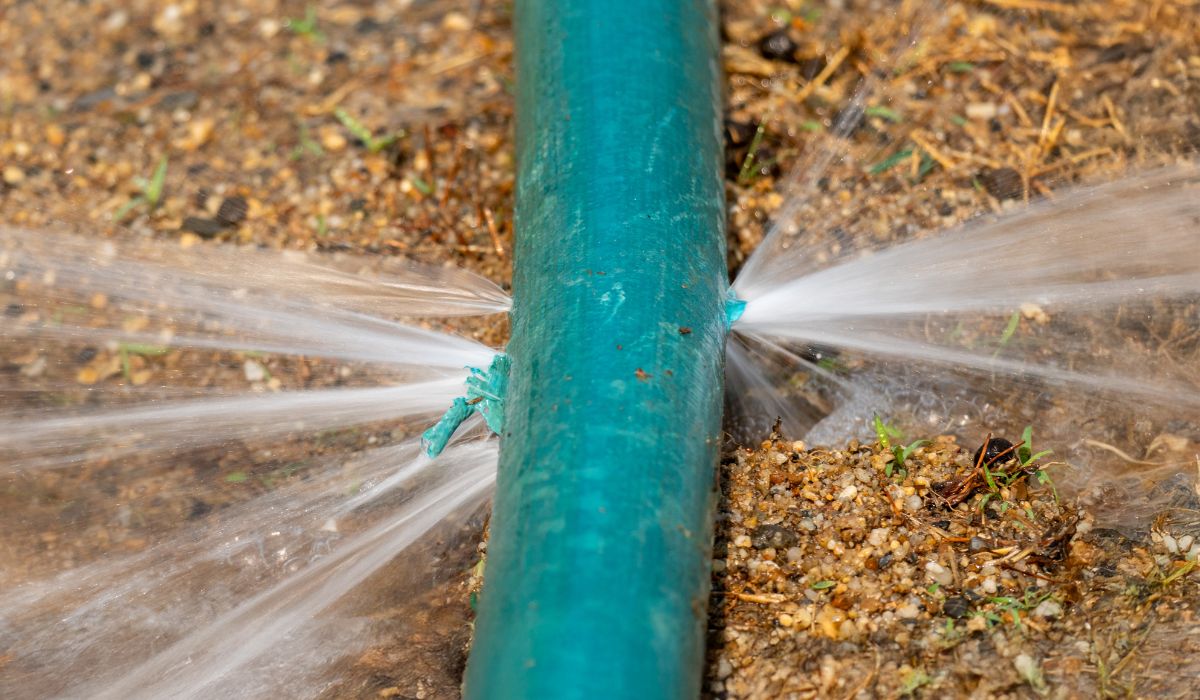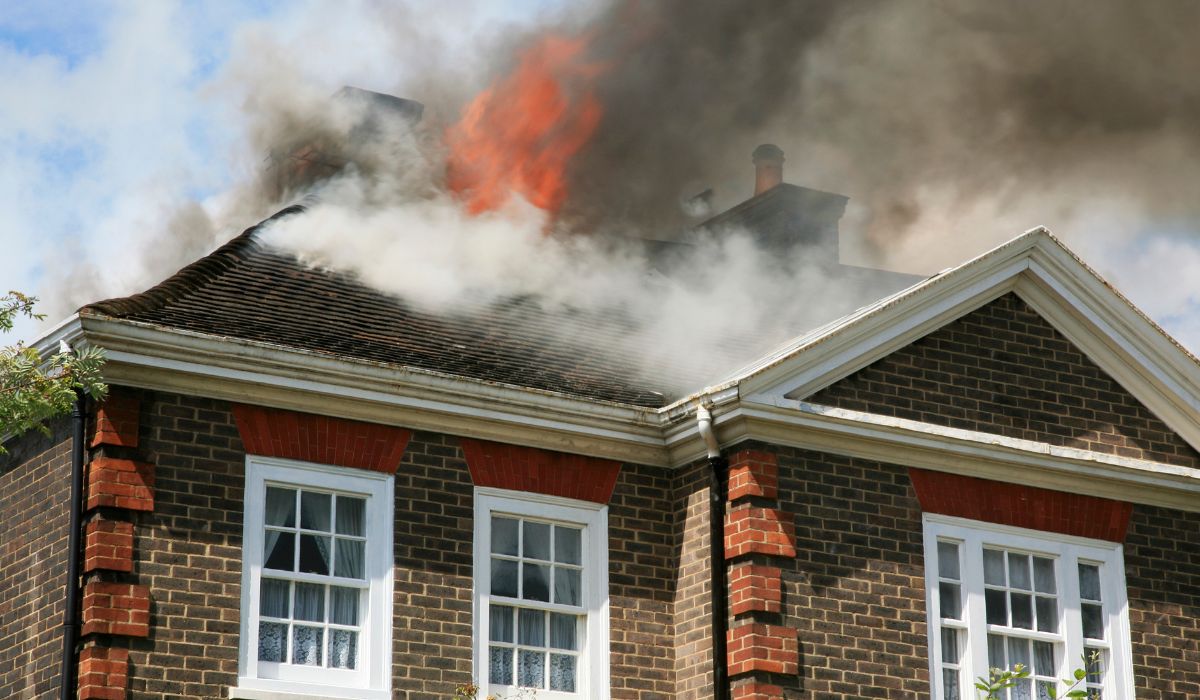What Is Smoke Damage on Walls?
Smoke damage to walls happens after a fire, or even from smoking indoors. When something burns, it makes smoke. That smoke leaves behind dark stains, bad smells, and even sticky soot. Soot is the black or gray stuff you see on walls, ceilings, and furniture after a fire.
You might also see yellow or brown cigarette stains on walls or tobacco stains on walls from smoking. These stains make your home look dirty and smell bad.
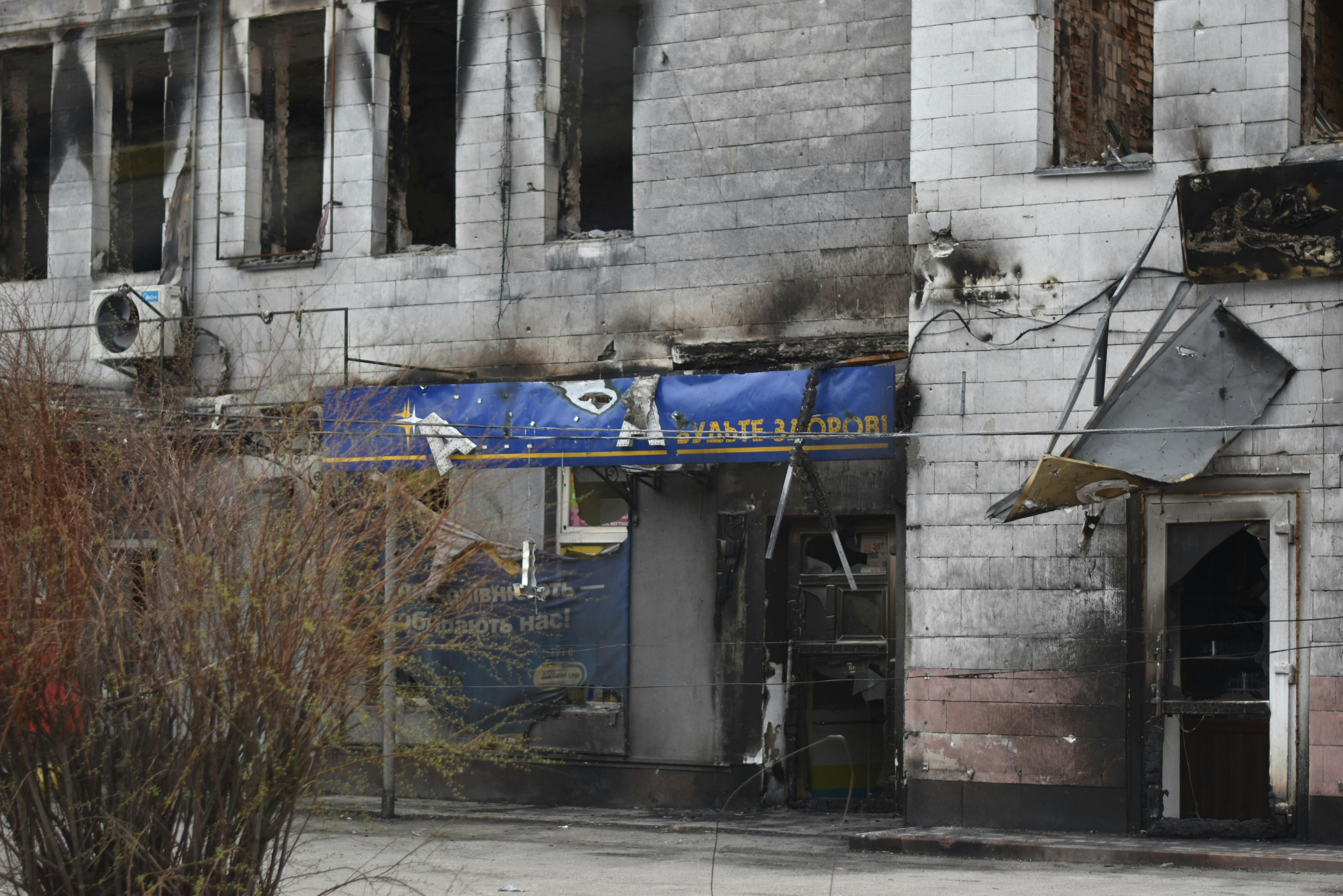
What Causes Smoke Damage?
Smoke damage comes from things like:
Fires (in kitchens, heaters, or electrical wires)
Cigarette or tobacco smoke
Burnt food
Candles or fireplaces
When smoke floats in the air, it sticks to walls, floors, and furniture. Over time, it can sink into materials like drywall, wood, or fabric.
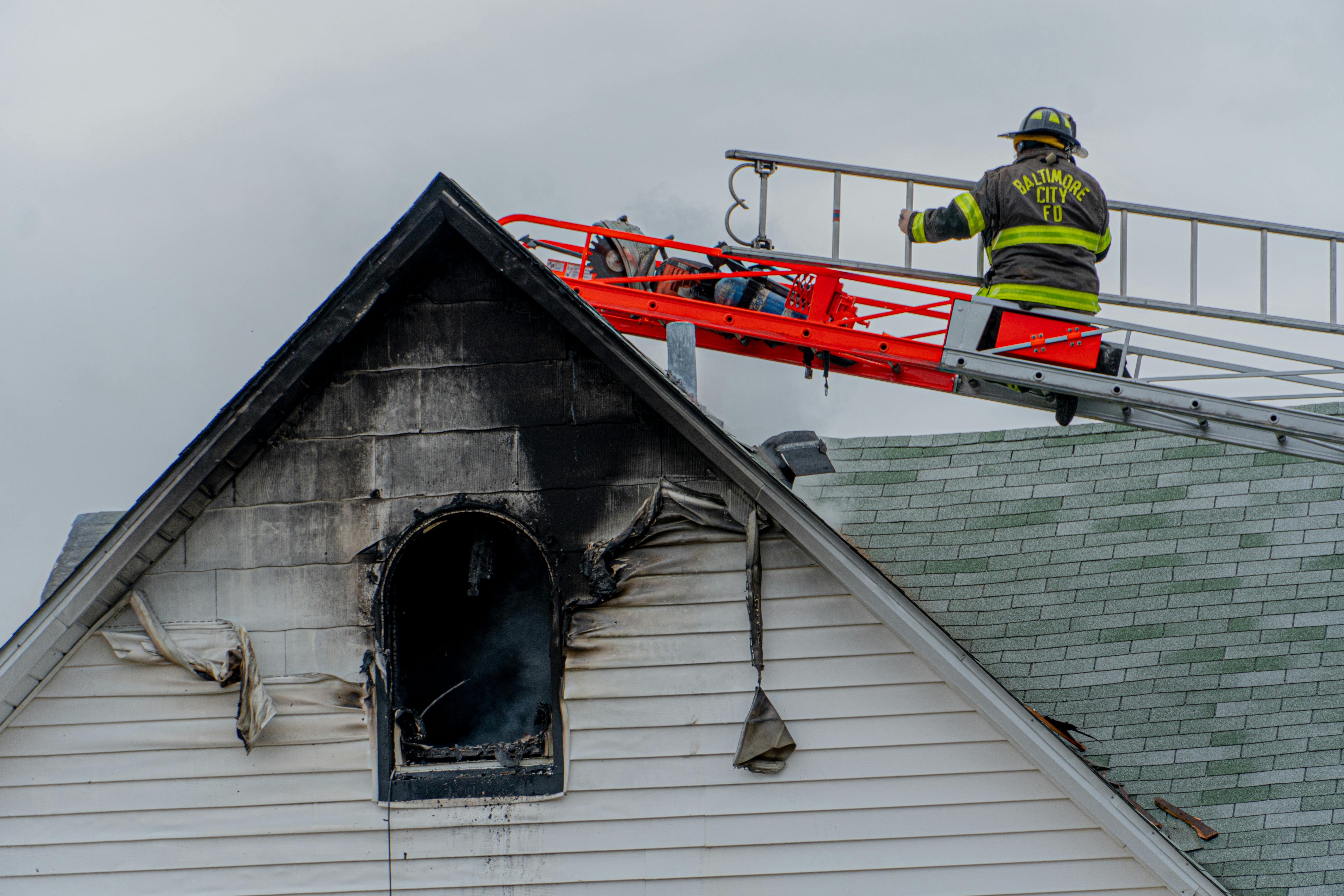
What Does Smoke Damage Look Like?
Smoke damage to walls can show up as:
Dark stains or streaks
Sticky soot
Smelly odors
Yellow or brown patches
Peeling or bubbled paint
Sometimes, it even gets into your floor, furniture, and laundry.
Is Smoke Damage Bad for Your Health?
Yes! Smoke damage can be bad for your health. Breathing in smoke, soot, or chemicals from fire can cause:
Coughing or trouble breathing
Eye irritation
Allergies or asthma
Headaches
That’s why wearing personal protective equipment (PPE) like gloves, masks, and goggles is important when cleaning.
How to Get Ready for Smoke Damage Cleaning
Before you clean, make sure you:
Wear PPE – gloves, mask, safety glasses
Open windows for fresh air
Move furniture away from walls
Lay down towels or plastic to protect the floor
Unplug electronics nearby
How Do You Remove Soot from Walls?
Soot is greasy and sticky, so it needs special cleaning. Here’s how to remove soot from walls:
Step 1: Use a Vacuum
Use a vacuum with a soft brush. Gently vacuum the wall to lift off loose soot. Don’t rub, or it can smear!
Step 2: Try a Dry Sponge
Use a dry cleaning sponge (also called a soot sponge). Rub lightly in one direction to lift soot without smearing.
Step 3: Make a Cleaning Mix
Mix warm water with:
Soap or detergent
Or use vinegar
For tough stains, add a little bleach (but be careful!)
Cleaning Smoke Stains on Walls
Here’s how to clean smoke stains on walls step-by-step:
Step 1: Wash the Wall
Use a sponge or cloth dipped in your cleaning mix. Scrub gently in circles. Change the water often to keep it clean.
Step 2: Rinse
Rinse the wall with clean water and a fresh towel to remove soap.
Step 3: Dry the Wall
Use a dry towel or fan to help the wall dry. This keeps mold from growing.
How to Clean Cigarette Stains or Tobacco Stains on Walls
Cigarette stains and tobacco stains can turn walls yellow and make them stink. To clean them:
Use a soap and vinegar mix
Scrub with a sponge or brush
Rinse and dry
Repeat if needed
You might need to repaint the wall to fully remove stains and odor.
What About the Odor?
Smoke odor can stay in walls, floors, and air. Here’s how to fight it:
Use baking soda to soak up smells
Run a fan or air purifier
Wash curtains, rugs, and laundry
Clean air vents and filters
Use odor-blocking paint on walls
Can Smoke Damage Lead to Mold?
Yes. If water is used to put out the fire, it can cause water damage. This may lead to mold on drywall, wood, and floors.
Water damage restoration experts check for hidden mold and fix any soft or smelly spots.
Should You Paint Over Smoke Damage?
Don’t paint over smoke or soot without cleaning first. Paint can peel or bubble later. Clean the wall, then:
Use stain-blocking primer
Use odor-sealing paint
Let it dry fully
What About Soot on Furniture and Floors?
Soot can settle on furniture, wood floors, and even your laundry. To clean it:
Vacuum soft furniture like couches
Use soap and water on hard surfaces
Wash clothes with vinegar or baking soda
Dry everything fully
When to Call Smoke Damage Restoration Pros
Sometimes it’s best to call experts for smoke damage restoration or fire damage restoration. Call a pro if:
The damage is large
You smell smoke after cleaning
Walls are soft or cracked
There’s water damage or mold
You feel sick from the smell
Does Home Insurance Cover Smoke Damage?
Your home insurance may cover:
Fire damage
Smoke damage
Water damage restoration
Soot damage cleaning
Call your insurance company to check your policy. Take pictures of the damage and save receipts from cleaning.
Best Tools and Cleaners for Smoke Damage Cleaning
You might need:
Vacuum with brush
Dry cleaning sponge
Soap, detergent, or vinegar
Bleach (use safely)
Paint and primer
Gloves and mask
Towels and laundry supplies
Keep Smoke Damage From Happening Again
Here’s how to keep your home safe:
Don’t smoke indoors
Clean fireplace chimneys often
Keep stoves and ovens clean
Use smoke detectors
Blow out candles before bed
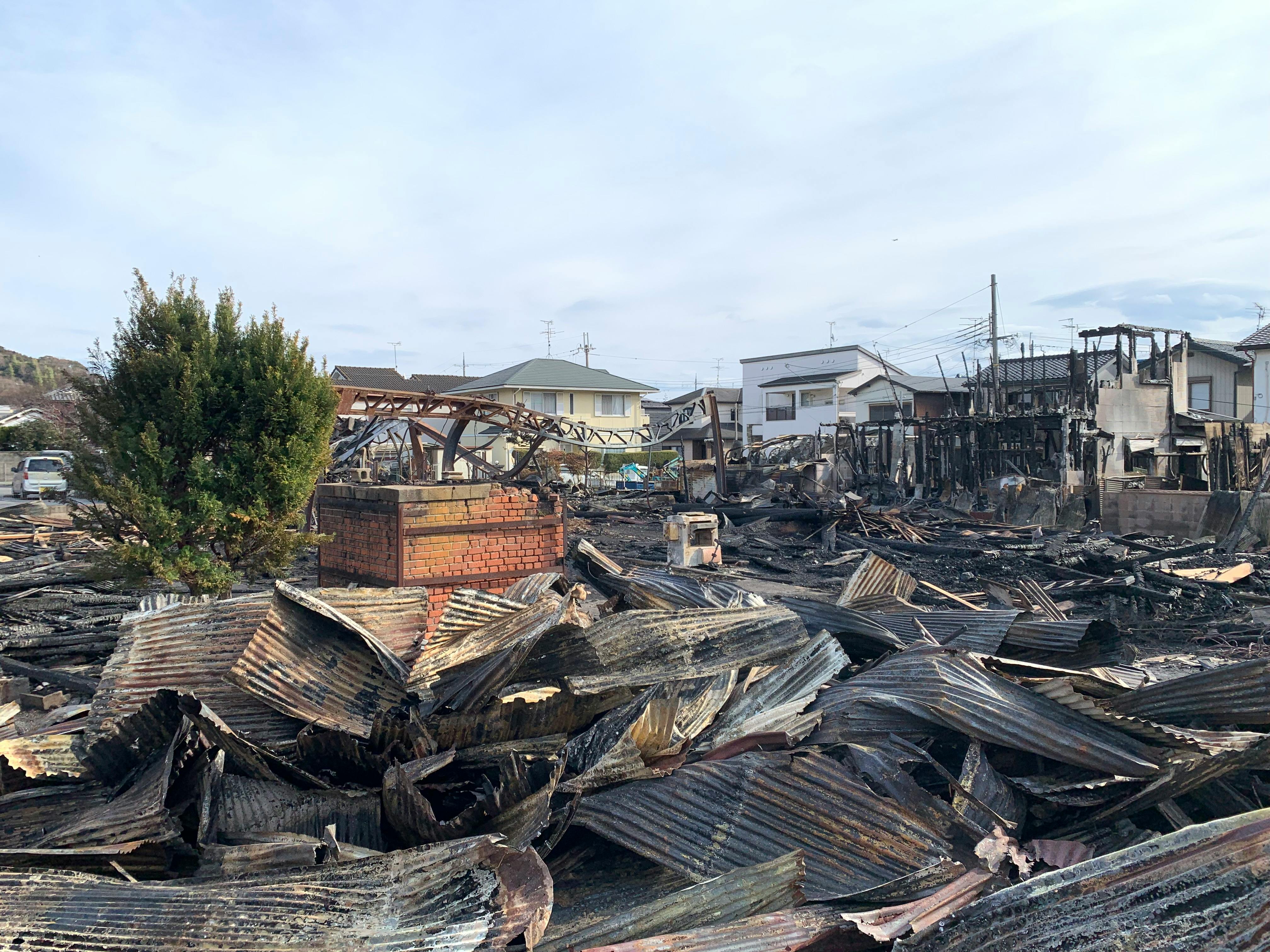
FAQ About Smoke Damage on Walls
How do I remove soot from walls?
Use a vacuum with a brush, a dry sponge, or warm water with soap or vinegar. Scrub gently and dry the wall after.
How do you remove cigarette stains on walls?
Mix soap and vinegar, scrub with a sponge, and rinse. You may need to repaint to fully cover yellow tobacco stains on walls.
Can I use bleach to clean smoke stains?
Yes, but be careful. Mix a small amount with water. Wear gloves and make sure the room has fresh air.
What if the smell won’t go away?
Try baking soda, air purifiers, or odor-blocking paint. If the odor still lingers, call smoke damage restoration experts.
Does insurance cover smoke damage cleaning?
Many home insurance plans cover fire and smoke damage. Call your provider and take photos of the damage for proof.
Contact us today for more information.


